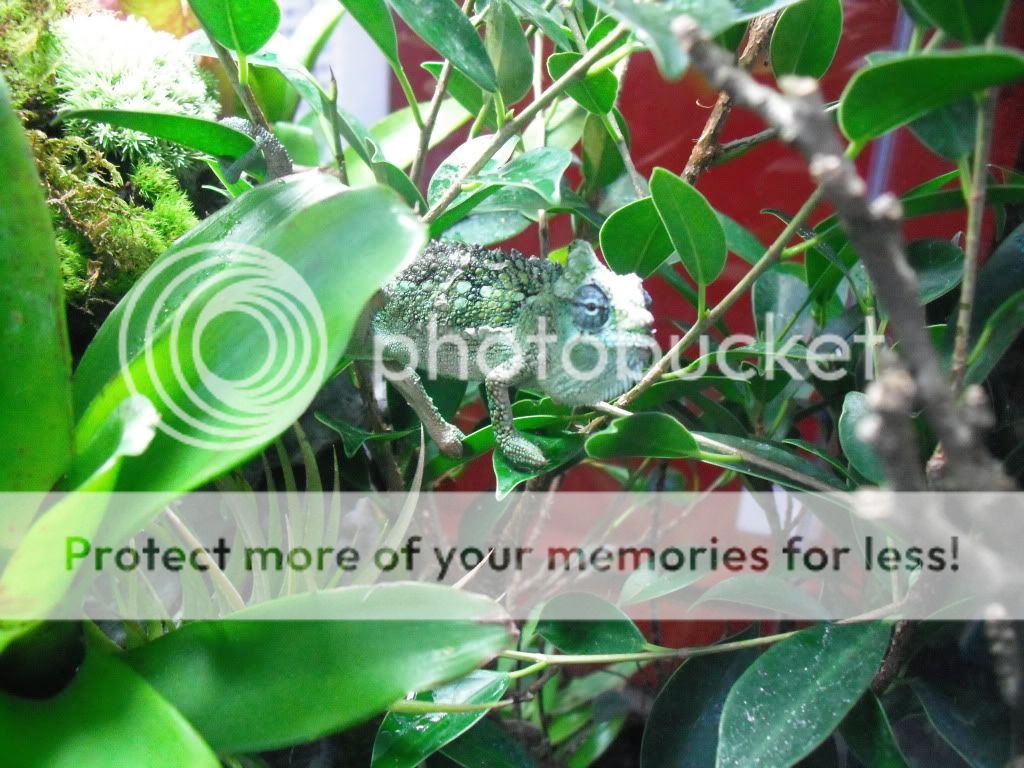eisentrauti
Avid Member
As far as I know they are so called "farm-raised" ones - but obviously WC. A blind person will see it. But the quality is good, especially regarding the low prices which are payed for hoehneliis.
A year or some months more ago a guy imported probably hundrets of hoehneliis too, but those were let's say "suboptimal". I don't know if they landed in this bad condition but from the sold animals only a handfull is still alive. Another indicator for the bad quality of the shippment was the fact that just a few very experienced keepers who buyed some hoehneliis get some juvenils. Based on the pure number of adults which landed here I expected a flood of juveniles.
A year or some months more ago a guy imported probably hundrets of hoehneliis too, but those were let's say "suboptimal". I don't know if they landed in this bad condition but from the sold animals only a handfull is still alive. Another indicator for the bad quality of the shippment was the fact that just a few very experienced keepers who buyed some hoehneliis get some juvenils. Based on the pure number of adults which landed here I expected a flood of juveniles.











